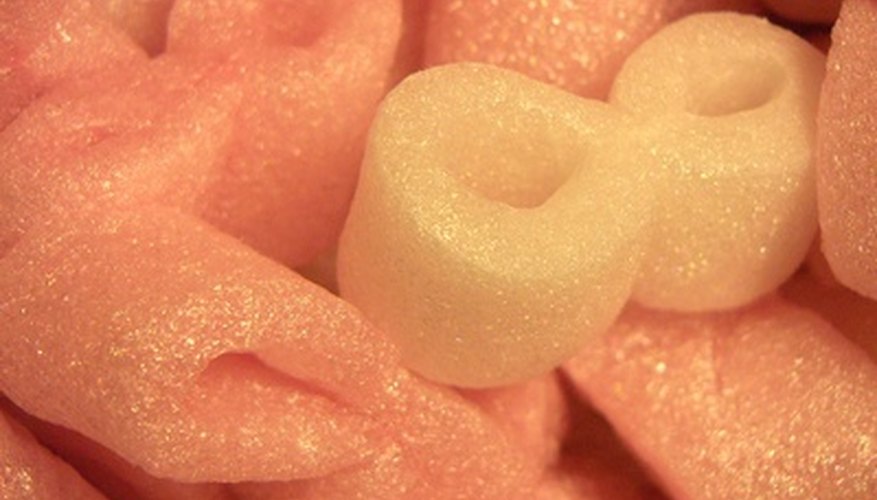Styrofoam, the brand name for foamed polystyrene was discovered by accident in the early 1940s by Ray Mclntire of the Dow Chemical Company. It soon gained popularity as a lightweight insulator that comprised of 95 per cent air, and is used even today as an alternative to cups, plates, lunch boxes and the like. However, despite its advantages, it has certain disadvantages associated with its use that concern environmentalists and health activists.
Chemical Exposure
Styrofoam is comprised of several chemicals that cause harm to the human body and brain. Principal chemicals used during processing styrofoam include styrene, benzene and ethylene. According to the Earth Research Foundation, styrene is the building block of styrofoam. Short term exposure to this strong chemical causes eye irritation and gastrointestinal problems, while long-term exposure leads to severe damage of the nervous system. Long-term exposure to benzene, a cancer causing chemical causes leukaemia and bone marrow damage. Workers involved in manufacturing styrofoam are at a greater risk of direct contact with benzene as compared to users. Although direct contact with styrofoam does not expose a user to ethylene, a chemical that is highly toxic to humans, it exists in emissions from factories involved in the production of this synthetic insulation product.
- Styrofoam is comprised of several chemicals that cause harm to the human body and brain.
- Although direct contact with styrofoam does not expose a user to ethylene, a chemical that is highly toxic to humans, it exists in emissions from factories involved in the production of this synthetic insulation product.
Biodegradibility
Styrofoam, unlike other synthetic products, cannot biodegrade easily. Most styrofoam food packaging or beverage containers are used only once. Although it is lightweight and recycling is possible under high pressure, it is not economically viable and costs large sums of money due to the amounts thrown around the world everyday. All waste in landfills degrades slowly except styrofoam, which takes up unnecessary space and serves as litter, forming a serious environmental concern. Incinerating it at a very high temperature is one way of getting rid of styrofoam. Burning styrofoam under normal fire instead of an incinerator releases carbon monoxide and carbon black pollutants in the atmosphere.
- Styrofoam, unlike other synthetic products, cannot biodegrade easily.
- All waste in landfills degrades slowly except styrofoam, which takes up unnecessary space and serves as litter, forming a serious environmental concern.
Chemical Leaching
High heat causes styrene in small amounts to leach out of styrofoam boxes or cups and penetrate the contained food or beverage. Do not use styrofoam for heating foods packed with Vitamin A such as carrots, oatmeal and pizza, or beverages such as tea as they aid in styrene chemical leaching that is very harmful to humans, acting as a neurotoxin if consumed in high amounts.
Using Petroleum
Styrofoam is made with petroleum, a non-sustainable polluting resource. Petroleum products emit gas into the air, during production or use, that have an adverse effect on the environment and raise issues such as global warming.
